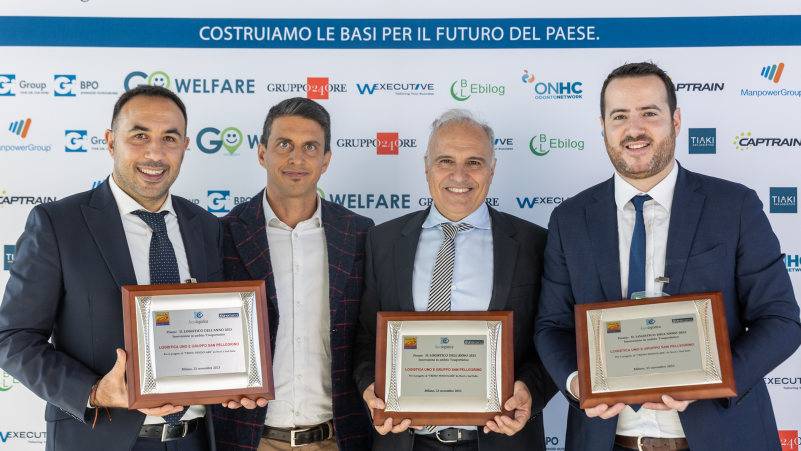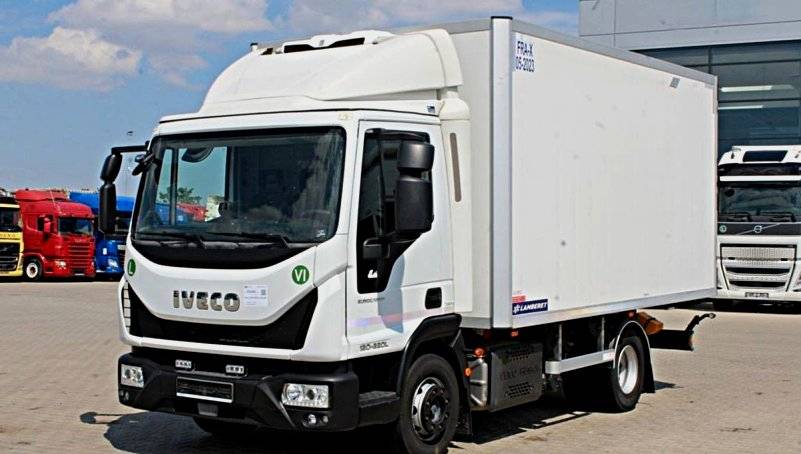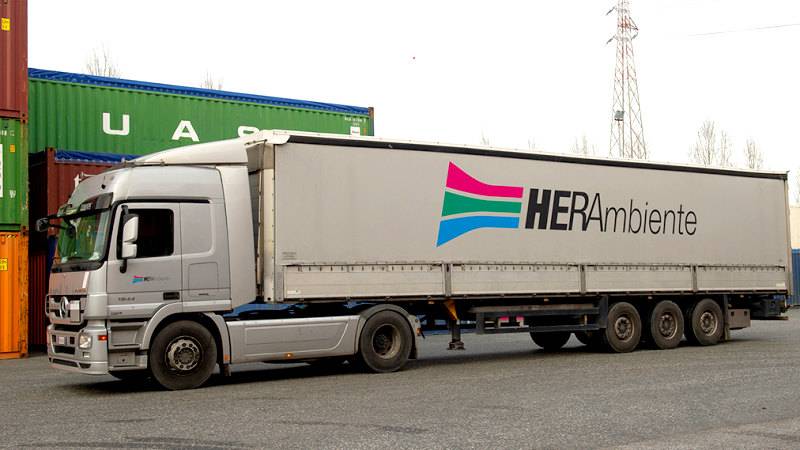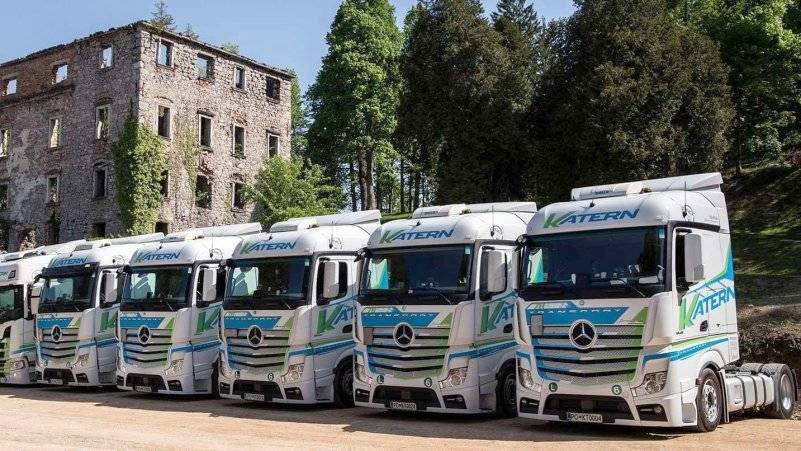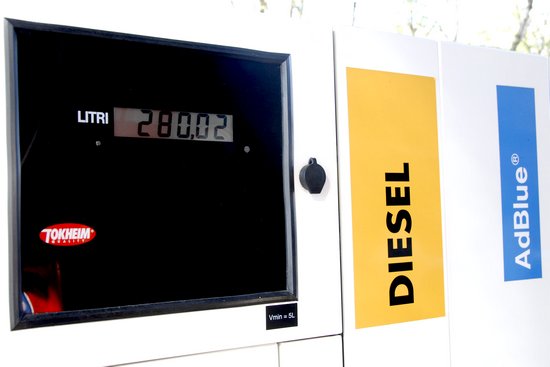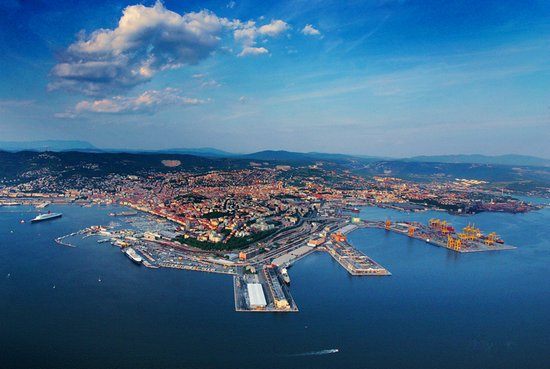The Connecting Europe Facility programme could be at risk of suspension. On 12 February 2025, the online publication RailTech.com reported, based on information from anonymous but reliable sources, that the European Commission is considering ending its main funding instrument for transport, digital, and energy infrastructure, which has planned investments worth tens of billions of euros. These funds would not be eliminated but would be channelled into a single competitiveness fund, along with other financing instruments. However, in this way, transport projects, especially railways, would have to compete with other programmes to obtain funds.
The risk is not immediate, as the restructuring of EU funding must be approved by the European Parliament and the European Council, but the fact that it is being considered by the European Commission is already alarming the stakeholders involved. According to RailTech.com, the transport sector fears that this restructuring of funds will create uncertainty in a sector that instead needs clear and long-term projects. Moreover, the allocation of resources could be less targeted.
Some are already taking action. On 11 February 2025, the governments of Estonia, Greece, Hungary, Italy, Latvia, Lithuania, Portugal, Romania, Slovakia, Spain, and the Czech Republic wrote an open letter to the President of the European Commission, Ursula von der Leyen, to express their concerns about the future of EU funding for railway projects, without specifically mentioning the Connecting Europe Facility.
The CEF has been active since 2014 and since then has allocated approximately €37.5 billion for 1,500 transport infrastructure projects. We are now in the second edition (CEF-2), covering the period from 2021 to 2027 with a total allocation of €33.71 billion. Among the main transport projects funded are the base tunnel of the new Turin-Lyon railway and the Rail Baltica. The programme also includes the implementation of the ERTMS signalling system throughout Europe.































